Explore why African waterholes come alive at dawn and dusk. Learn about animal behaviour, best viewing times, and how to enjoy waterhole safaris around Marloth Park and Needles Lodge.
Wild Guardians: How Conservation Efforts in Kruger Safeguard the Future of Africa’s Wildlife
Explore how Kruger National Park protects endangered species and how guests at Needles Lodge in Marloth Park can participate in real conservation efforts.
“The question is, are we happy to suppose that our grandchildren may never be able to see an elephant except in a picture book?” – Sir David Attenborough
In the golden light of early morning, when the bushveld still holds its breath and the sun casts long shadows over dew-drenched grass, something quietly profound is taking place. Beneath the spectacle of elephants strolling past the Crocodile River or lions lounging in the shade lies a network of tireless efforts — a living lifeline — that is keeping this precious ecosystem alive. This is the world of wildlife conservation in Kruger National Park.
For guests at Needles Lodge, nestled in the peaceful wildlife haven of Marloth Park, conservation is not a faraway concept. It’s something you wake up to, something you hear in the rustle of leaves or see in the wary eyes of a nyala at dusk. Every giraffe, pangolin, vulture or warthog spotted from the lodge’s deck is here today because someone, somewhere, is working to protect it. And as a visitor, you can be part of that story.
Why Conservation in Kruger Matters
Kruger National Park is not just one of Africa’s most iconic wildlife destinations — it’s one of the last great sanctuaries on Earth where ecosystems still function much as they have for thousands of years. Spanning an incredible 19,500 square kilometres, Kruger alone is a vast and vital stronghold. But it’s even more impressive when considered alongside the private reserves and the adjoining Great Limpopo Transfrontier Park, giving wildlife access to a colossal 33,000 square kilometres in which to roam and thrive.
This immense, uninterrupted wilderness is home to over 500 bird species, 150 mammals, and countless reptiles, amphibians, insects, and plants. But the balance is delicate. Poaching, habitat encroachment, pollution, and climate change all present mounting challenges.
Every rhino spared, every pangolin returned to the wild, every vulture nest protected — these are victories not just for South Africa, but for biodiversity on a global scale. When you sit quietly at Needles Lodge and hear a Ground Hornbill’s booming call echoing through the trees, or spot a Cape Porcupine on a nighttime bush walk, you’re witnessing the fruits of conservation in motion.
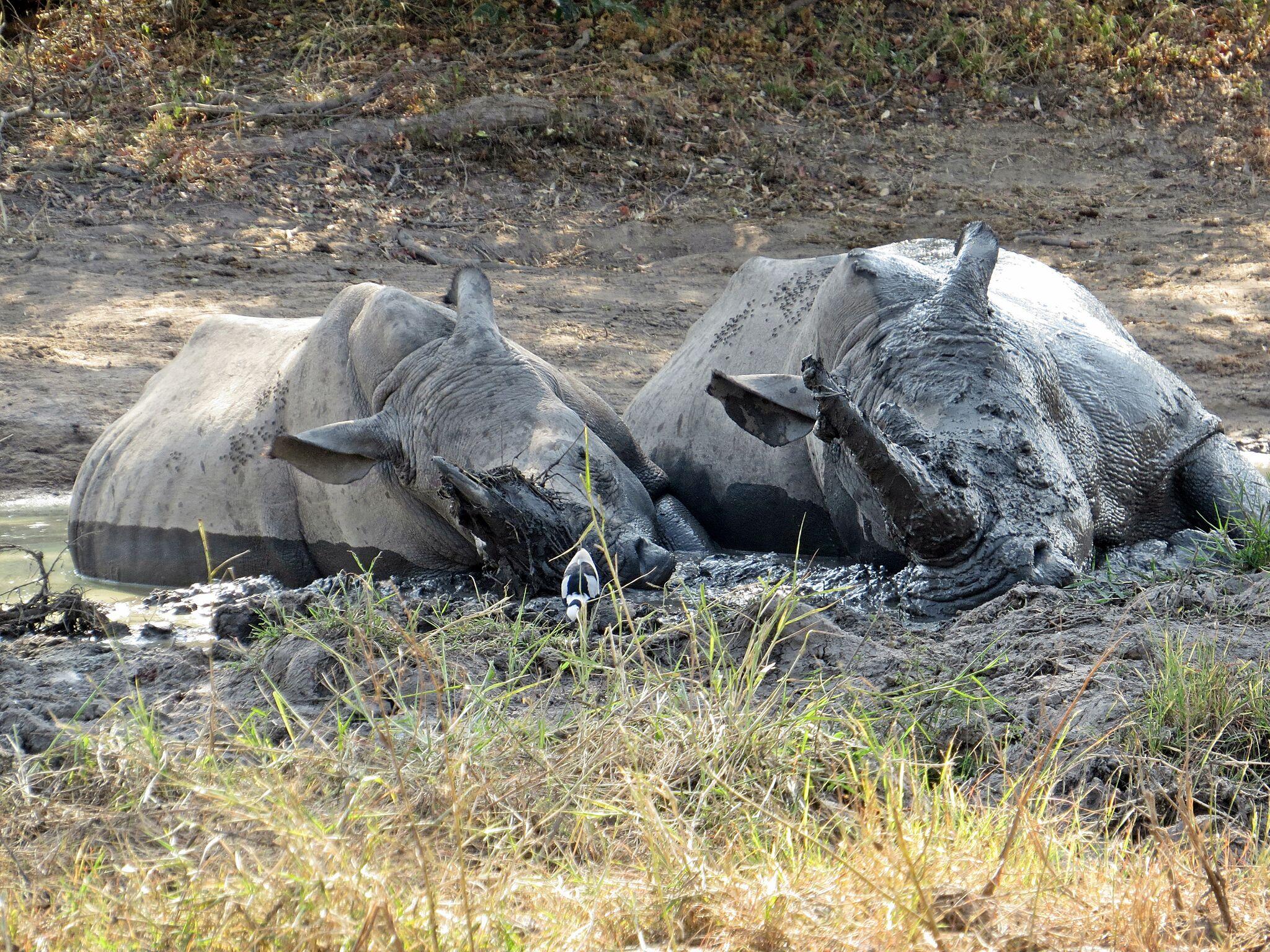
Ongoing Conservation Projects in the Region
1. Rhino Protection and Anti-Poaching Units
Rhinos, once abundant, now teeter on the edge due to relentless poaching. Kruger, holding the largest remaining rhino population in the world, is the front line of a modern conservation war. The response has been bold: anti-poaching rangers patrol the bush by foot and air, backed by helicopters, thermal drones, and dedicated K9 units.
SANParks also uses integrated tech systems to track animals via microchips and monitor illegal activity. Many of these efforts are sustained through tourism and donations. Guests at Needles Lodge often express astonishment at the scale and complexity of these initiatives — and pride in knowing their visit supports this vital work.
More on these programmes can be found at SANParks Conservation.
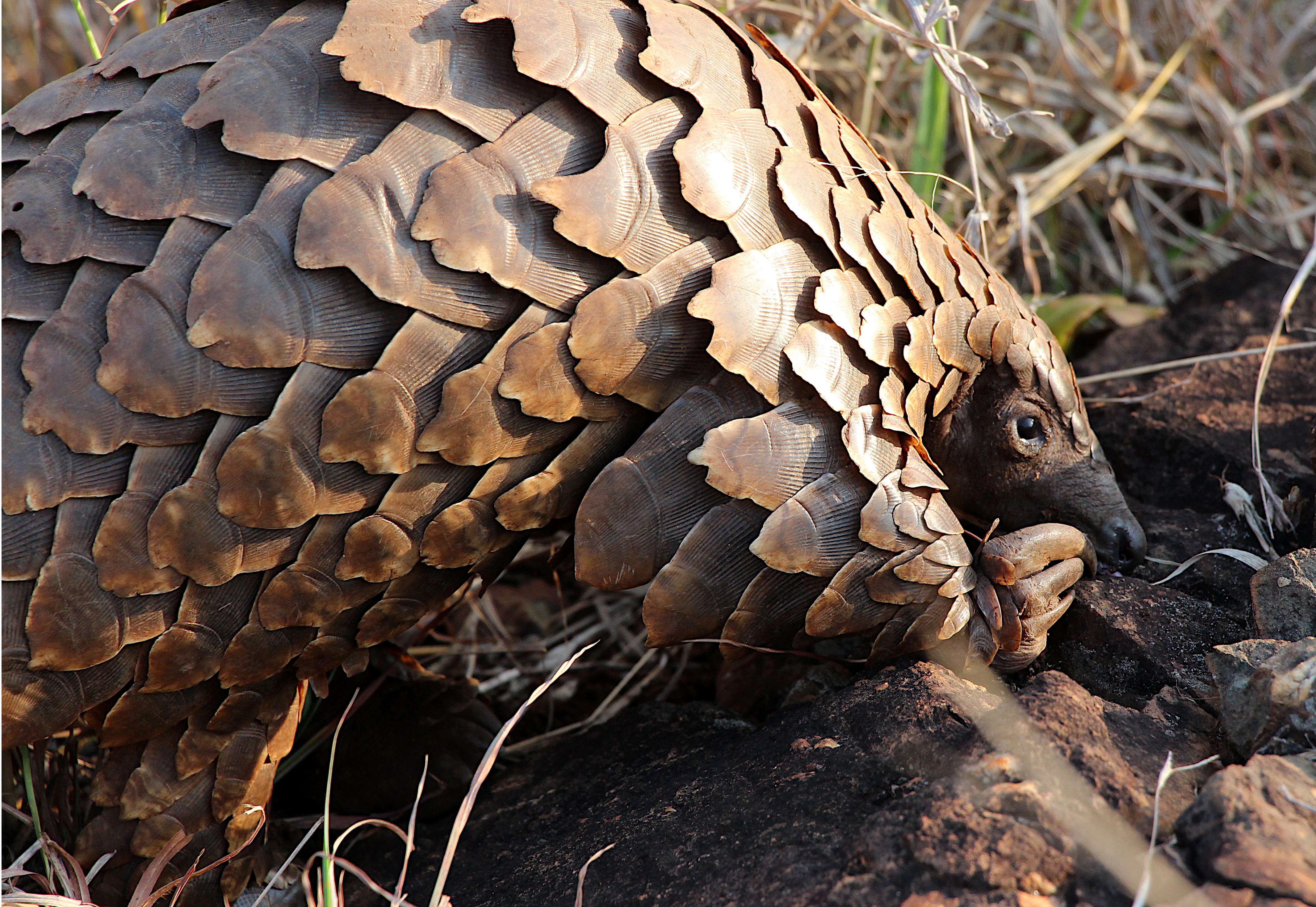
2. Pangolin Rehabilitation and Release
With their overlapping keratin scales and shy, nocturnal ways, pangolins are among Africa’s most distinctive mammals — and, heartbreakingly, the most trafficked. In the Greater Kruger region, conservation teams rescue pangolins from the illegal trade, treat injuries, and carefully rehabilitate them before releasing them into protected areas.
The process is slow and delicate — pangolins are sensitive to stress and require careful monitoring — but it’s worth every effort. As Denis often says, “Seeing a pangolin in the wild is a gift from nature — and one we should all work to preserve.”
If you’re curious about these scaled wonders, read our full story on the Elusive Pangolin, one of Kruger’s rarest inhabitants.
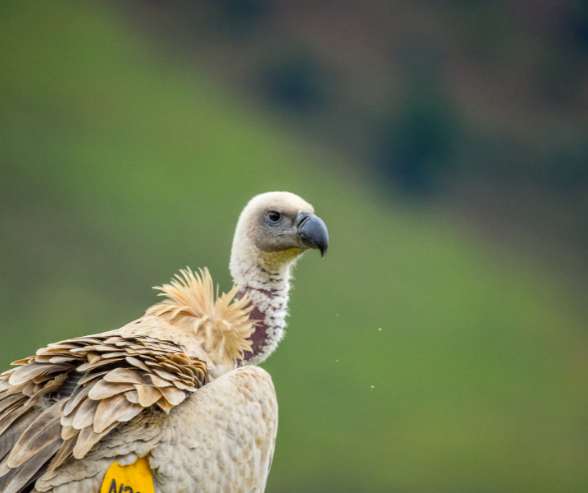
3. Vulture Conservation and Poison Control
Vultures are nature’s clean-up crew — crucial for stopping the spread of disease — yet they’re among the most endangered birds in Africa. Poisoning, often linked to poaching or improper carcass disposal, has devastated populations.
To counter this, conservation groups operate “vulture restaurants” — safe feeding sites offering uncontaminated meat — and work with farmers to raise awareness and reduce pesticide use. With species like the White-Headed and Hooded Vultures now critically endangered, every flight over Marloth Park is a sign of hope.
How Guests Can Get Involved
Whether you're a first-time visitor or a seasoned safari-goer, your role in conservation doesn’t have to end at observation. There are meaningful, hands-on ways to contribute to wildlife protection in Kruger — some of which are surprisingly fun.
1. Book a Conservation-Focused Safari
At Needles Lodge, we can arrange private or group game drives that focus on conservation education. These safaris don’t just aim to check the Big Five off your list — they offer deeper insight into tracking techniques, animal behaviour, anti-poaching methods, and ecological interactions. A portion of the proceeds from many of these tours goes directly into funding fieldwork and ranger support, making your holiday part of a much larger mission.
2. Support Ethical Tourism
One of the simplest ways to support conservation is by choosing accommodation that embraces eco-conscious values. Needles Lodge has always been committed to low-impact tourism — from recycling initiatives and energy-efficient operations to promoting local guides and conservation-friendly activities. We also encourage guests to use reusable bottles, avoid plastic waste, and respect the natural environment.
Not sure why Marloth Park makes a smart and sustainable base? Read our piece on the benefits of choosing Marloth Park.
3. Donate or “Adopt” a Species
If you’re moved by the conservation stories you encounter on safari, consider giving back in a tangible way. Through the SANParks Honorary Rangers, visitors can adopt a rhino, elephant, pangolin or wild dog, supporting essential work in the field. These donations help fund everything from ranger training to camera traps and anti-poaching equipment — and they make great gifts for nature-loving family members back home.
We believe our quiet corner of Marloth Park is part of something much bigger. Every guest at Needles Lodge becomes part of a shared responsibility — and a shared hope.
So whether you’re watching zebra from your veranda, listening to frogs under the stars, or venturing into Kruger at dawn, remember: you are part of something meaningful.
Let’s protect it — together.
Further Reading
Africa's skies are home to a diverse array of birds of prey, each with unique adaptations for hunting and playing crucial roles in their ecosystems. Species like the African Fish Eagle and Peregrine Falcon showcase the continent's avian diversity and evolutionary marvels, while vultures, often overlooked, serve as vital ecological stewards.
Discover the aardwolf, a unique hyena cousin residing in southern and eastern Africa. This enigmatic creature's insectivorous diet, solitary lifestyle, and intriguing behaviors make it a fascinating and misunderstood member of the animal kingdom. Explore its remarkable adaptations and essential role in maintaining ecological balance, shedding light on the significance of conserving this captivating species.
Travelling abroad can sometimes seem quite intimidating. However there are many common sense tips on how to stay safe when travelling to South Africa.

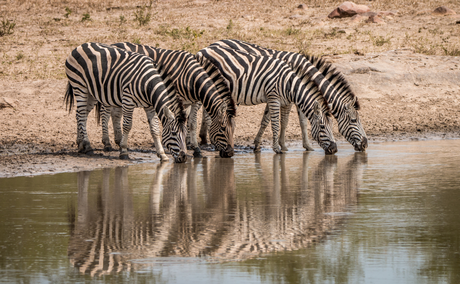
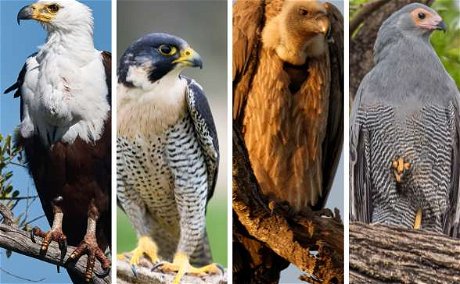


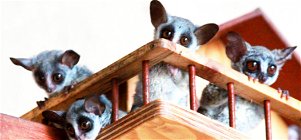
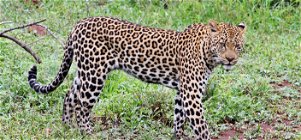
Share This Post